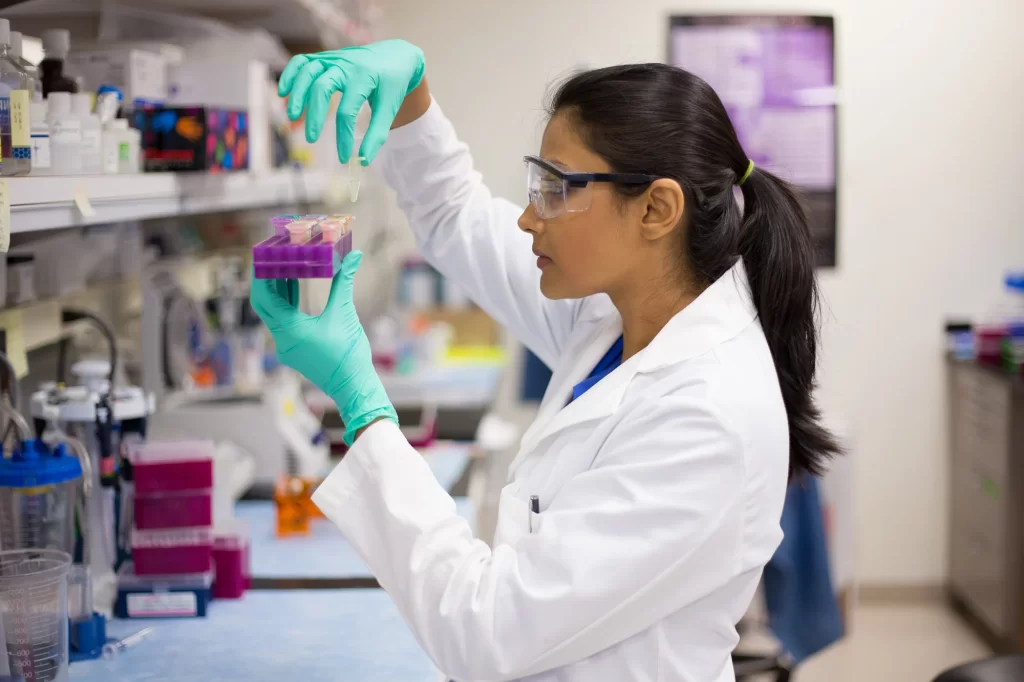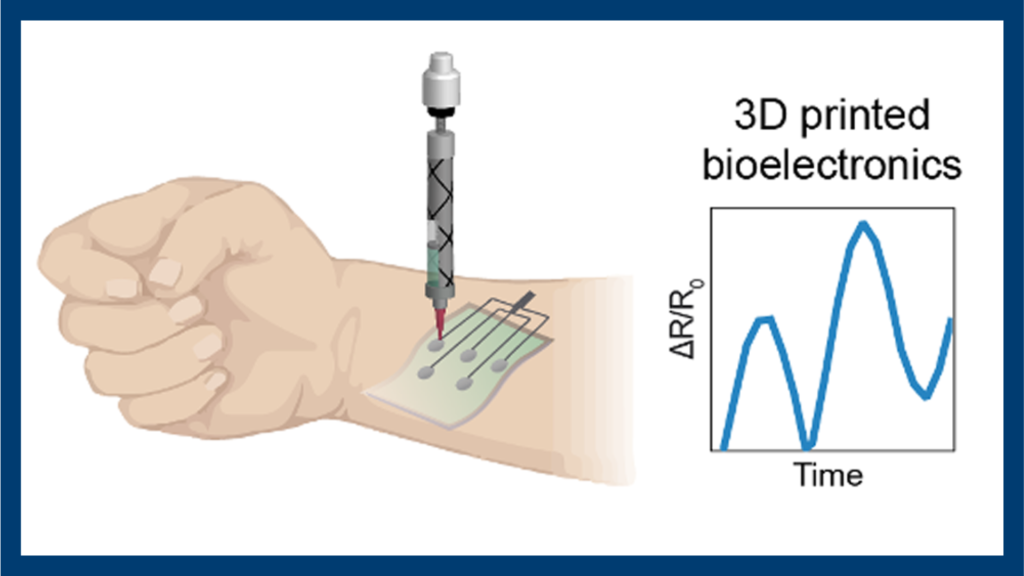Scientists have developed a new material that can mimic human tissue at a level that can be processed into skin. Oddly enough, this material comes from a 3-D printer ink.
Science has developed so much now that sometimes, when you think about it, a person is not a little afraid of the future. Technological developments that seemed like a dream just a few years ago are being used in many areas today. We even have nano robots that fix these problems when there are problems in our body.
Texas A&M University researchers have produced a new biomaterial that can be used in the medical field. This biomaterial is actually a 3-D printer ink, but scientists working on it have discovered that they can do much more.

This newly produced 3D printer ink can imitate human tissue just like our skin. The newly produced biomaterial ink consists of a new class of 2-dimensional nanomaterials known as molybdenum disulfide (MoS2). The thin-layered structure of MOS2 makes it perfect for chemically activating. And what does this mean?
As a matter of fact, a special gelatin was placed in this produced ink. This gelatin was also obtained by combining electrically conductive materials Decoupled together. In other words, it has a kind of structure that can imitate our skin. Moreover, even if it is found in a solid state in a tube, it turns into a liquid when injected anywhere. Thanks to its liquefaction and wearability, the researchers say that the new ink is also very suitable for use in tattoos.

It is thought that thanks to tattoos made with this material, it may also be easier to monitor people with diseases such as Parkinson’s. Akhilesh Gaharwar, one of the researchers, says, “The impact of this study could take 3-D printing far forward. This newly developed hydrogel ink is highly bio-compatible and conducts electricity. With this hydrogel ink, we can produce a new generation of wearable and implantable bioelectronics.”
0 Comments